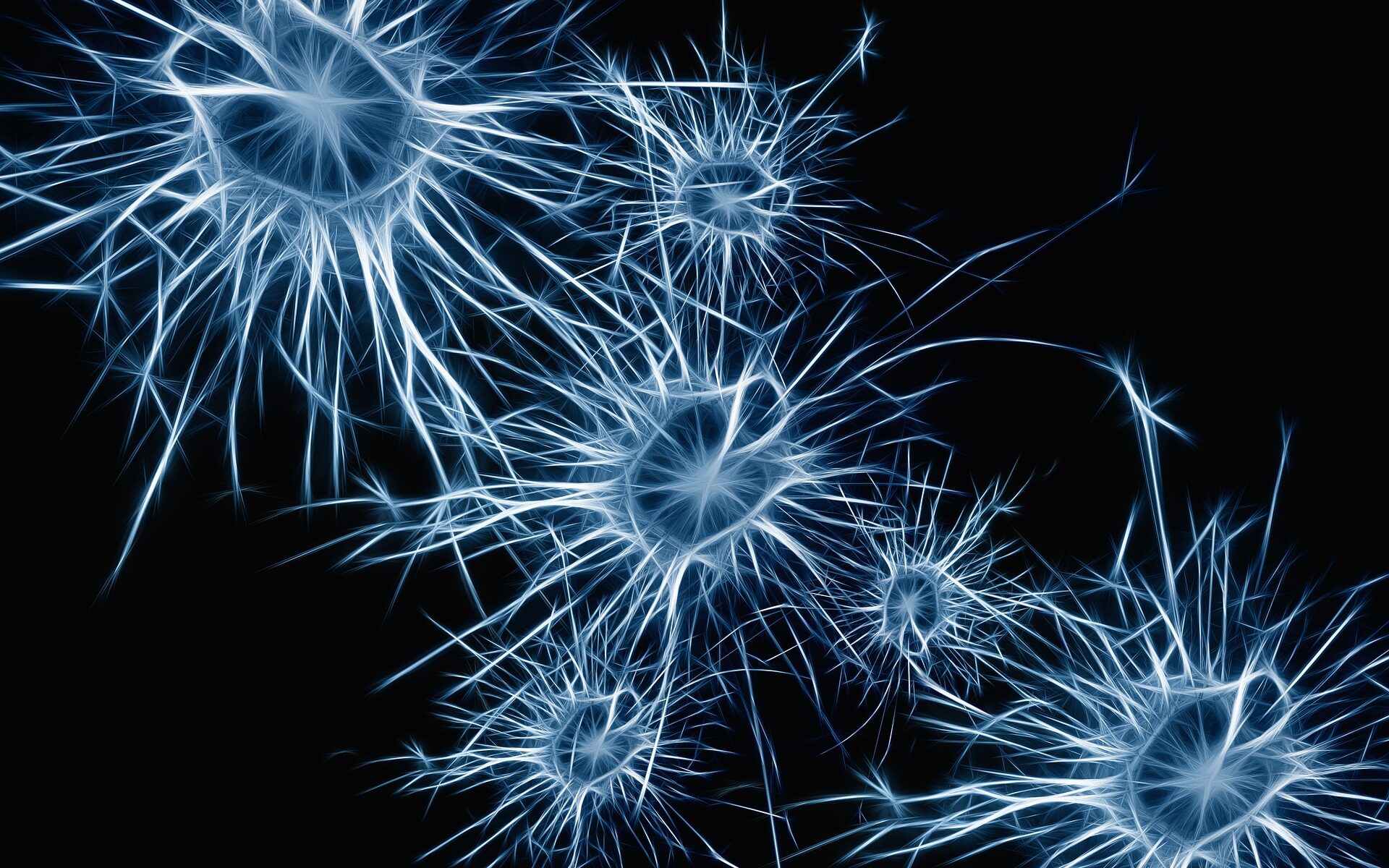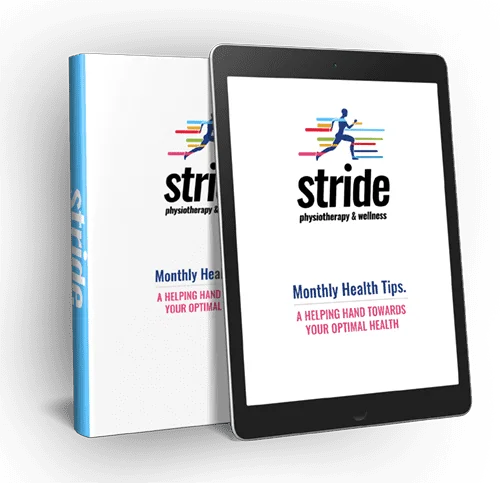Myths About Concussions and How to Manage Them
BY: LAURIN WALTON, PHYSIOTHERAPIST
I am excited to be able to share some information with you about one of my favorite topics: concussion management. One of my passions is educating people with current, evidence-based information about concussions. Patient education has been shown to have a large impact on concussion recovery.
I took my first concussion course in 2014 and was excited to learn the role that physiotherapists could have in concussion management. There is an abundance of information about concussions on the internet and in the media, but it can be difficult to wade through this and find credible sources. Our understanding of concussions changed in the last decade as the result of new research.
Below, I would like to clear up some common myths about concussions.
Myth 1: Concussions only occur from a direct blow to the head
We assume that concussions happen after getting hit in the head by something, or falling and hitting our head. While these are common causes of concussions, there are other ways that concussions can occur. A concussion occurs when a rapid movement of the head causes the brain to move around or twist within the skull. This is often the result of a direct blow to the head, a hit to the body that transmits force to the head, or a whiplash-type movement that occurs in motor vehicle accidents. These mechanisms don’t always cause concussions, but they have the potential to.
Myth 2: You have to lose consciousness to get a concussion
Most people that sustain a concussion do not lose consciousness. Loss of consciousness is only one indication that a concussion may have occurred. Many people experience other symptoms such as headaches, confusion, feeling dizzy, sick to their stomach, and more. Even so, if you do lose consciousness after a force to the head or body, it is very likely that you have sustained a concussion.
Myth 3: Concussions only happen in contact sports
To be fair, a lot of concussions do occur in contact sports such as hockey and football. However, there are lots of other non-contact sports, like soccer and downhill skiing, where concussions occur. Concussions can also occur in the workplace, during motor vehicle accidents, and due to slips and falls. In summation, there are many people who sustain concussions that are not athletes.
Myth 4: The best treatment for a concussion is rest
For a long time, patients were often to be told to rest in a dark room for two weeks after a concussion. Current research indicates this is wrong advice. As a matter of fact, it is important to take the first 24-48 hours to rest, but that resting for too long can be detrimental to your recovery. Experts recommend a gradual progression through stages of activity, beginning with simple tasks that do not make symptoms worsen.
Concussions can happen in a variety of settings in many ways. They’re a complicated injury and it can be challenging to know what to do in each individual situation. Guidance and education from a qualified healthcare professional can make the journey through concussion recovery a lot less stressful. Reach out if you have any questions or concerns… We are here to help!




